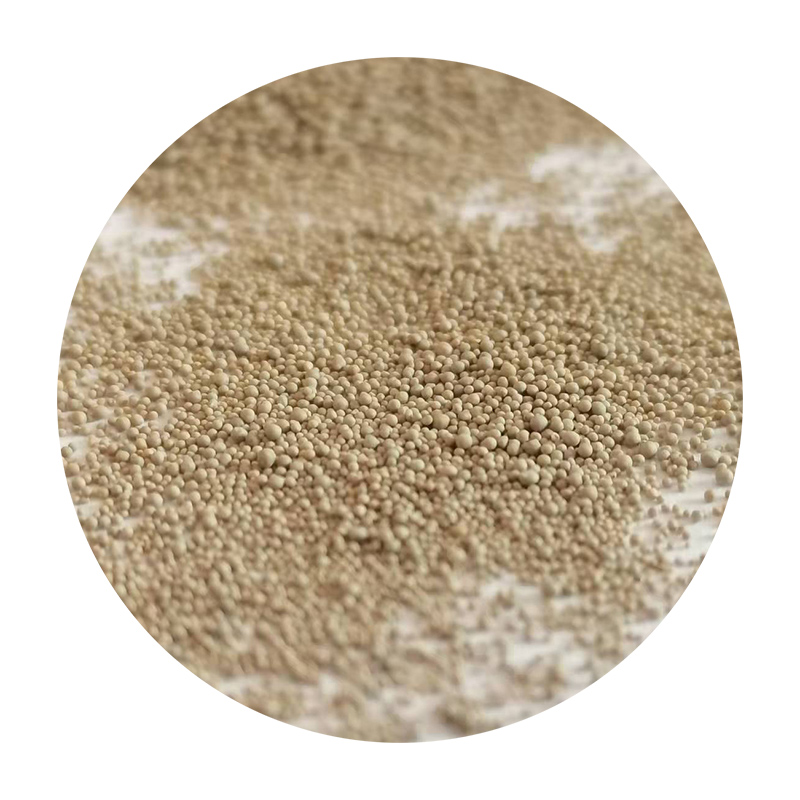How to Wet Sand 3D Prints
3D printing has revolutionized the way we create and prototype objects, but the finish quality of a 3D printed item can often leave much to be desired. While many methods exist to improve the surface quality of your prints, wet sanding is one of the most effective techniques for achieving a smooth, polished finish. This article will guide you through the process of wet sanding 3D prints, ensuring you can achieve professional results right at home.
What is Wet Sanding?
Wet sanding is a technique that involves using water as a lubricant while sanding an object. This method helps to reduce friction, minimize dust creation, and cool the material being sanded, which can be particularly crucial for certain plastics like PLA and ABS. The water can help to wash away sanding particles and debris, leading to a smoother finish without clogging the sandpaper.
Why Wet Sand 3D Prints?
There are several reasons why wet sanding is beneficial for 3D prints
1. Smoother Surface Wet sanding can help eliminate layer lines and imperfections, giving your print a professional look. 2. Reduced Dust Unlike dry sanding, wet sanding produces less dust, which can be harmful if inhaled. 3. Longer Sandpaper Life The lubrication from the water helps prevent clogging of the sandpaper, making it last longer and improving efficiency.
Materials Needed
Before you start wet sanding your 3D prints, gather the following materials
- Sandpaper (varying grits 120, 220, 400, 800, 1000, 2000) - A clean container filled with water - A spray bottle (optional, for convenience) - A soft cloth or sponge - Safety goggles (for eye protection)
Step-by-Step Wet Sanding Process
how to wet sand 3d prints

1. Prepare the Print Once your 3D print is finished, remove any supports or rafts carefully. Inspect the print for any noticeable imperfections that may need special attention, such as large layer lines or areas that are noticeably rough.
2. Start with Coarse Grit Begin the sanding process with a coarser grit sandpaper, such as 120 or 220 grit. Submerge the sandpaper in water for a few minutes to soak. This ensures that it retains moisture and reduces friction while sanding.
3. Sand the Surface Begin to sand your print gently using circular or back-and-forth motions. Apply light pressure and be careful not to over-sand any specific area, as this could create dips or uneven spots. Frequently dip the sandpaper in water or spray it to keep it lubricated.
4. Progress to Finer Grits After sanding with the coarse grit, move to a finer grit like 400 or 800. Repeat the process of soaking the sandpaper and sanding the surface, gradually reducing the grit until you reach 2000 or higher if you want a mirror-like finish.
5. Rinse and Dry Once you have finished sanding with the finest grit, rinse the print under running water to remove any remaining debris. Pat it dry gently with a soft cloth or let it air dry.
6. Final Touches After drying, inspect your work. If needed, you can polish the surface further using a polishing compound designed for plastics or a plastic polish to achieve an even glossier finish.
Tips for Successful Wet Sanding
- Take Your Time Wet sanding is not a rushed process. Taking your time will yield the best results. - Test on a Scrap Piece If you’re unsure about how your material will react to sanding, test the process on a scrap piece before working on your final print. - Stay Safe Always wear safety goggles to protect your eyes from sandpaper particles and splashes of water.
Conclusion
Wet sanding is a powerful technique that can significantly enhance the surface quality of your 3D prints. By following the steps outlined above, you can achieve a professional finish that's sure to impress. Whether you're creating functional prototypes or artistic pieces, mastering wet sanding can elevate your 3D printing game to new heights. Happy sanding!
Post time:डिस . 18, 2024 10:14
Next:sand casting definition
